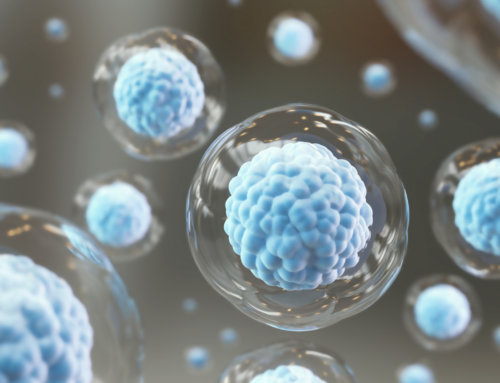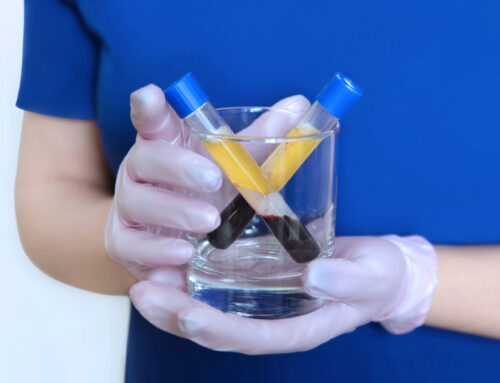For almost 75 years, plasma has been used to help patients facing life-threatening conditions such as immune deficiency disorders and organ transplantation. For that reason, plasma is often referred to as “the gift of life.”[i]
More recently, however, physicians have discovered how they can use a patient’s own plasma—not donated plasma—to improve recovery from orthopedic injuries. Platelet-rich plasma treatments use the healing power of platelets in a patient’s own blood to harness proteins (growth factors) that are essential for healing.
How Platelet-Rich Plasma Treatment Works
Blood plasma is comprised of several elements, including red cells, white cells, and platelets. Platelets contain hormones, electrolytes, and nutrients that are needed to nourish cells during the healing process.
During platelet-rich plasma treatment, the patient’s own blood is drawn and placed in a centrifuge which separates and concentrates the platelets. This results in plasma that contains up to five to 10 times more platelets than what is typically found in the blood.[ii] With its super-charged healing capabilities, platelet-rich plasma can be used to treat a number of orthopedic conditions, including:
Herniated discs, mild spinal stenosis, and sciatica
· Joint arthritis (shoulder, hip, thumb or knee)
· Tears to muscles, rotator cuffs, the meniscus or labrum
· Injuries to the Achilles tendon or tennis elbow
· Ligament sprains in the wrist, ankle or sacroiliac joints
· Carpal tunnel syndrome
Not All PRP Treatments Are the Same
When it comes to platelet-rich plasma treatment, one size does not fit all. If a platelet-rich plasma treatment is not effective—even after multiple treatments—it can often be attributed to several factors:
· The patient received an incorrect initial diagnosis of the condition or injury.
· The PRP treatment did not use ultrasound or X-ray guidance for targeted delivery to the injured tissues.
· The PRP formulation was not customized to the specific joints, tendons, muscles, or nerves being treated.
· The initial injury was too severe and PRP treatment should not have been recommended.
When delivered correctly, in the right formulation for the specific injury, and with the highest concentration of healing factors, most patients begin to experience results within four to eight weeks after platelet-rich plasma treatment. Some even feel relief almost immediately.
PRP treatments are performed on an out-patient basis in a physician’s office or Ambulatory Surgery Center. There is no need for hospitalization or lengthy rehab. The entire procedure takes just a few hours.
Choosing a physician and facility that is specialized and knowledgeable in the preparation, protocols, and delivery of PRP is most important when considering treatment with a PRP injection.
Sources:
[i] https://www.donatingplasma.org/donation/what-is-plasma
[ii] https://orthoinfo.aaos.org/en/treatment/platelet-rich-plasma-prp




